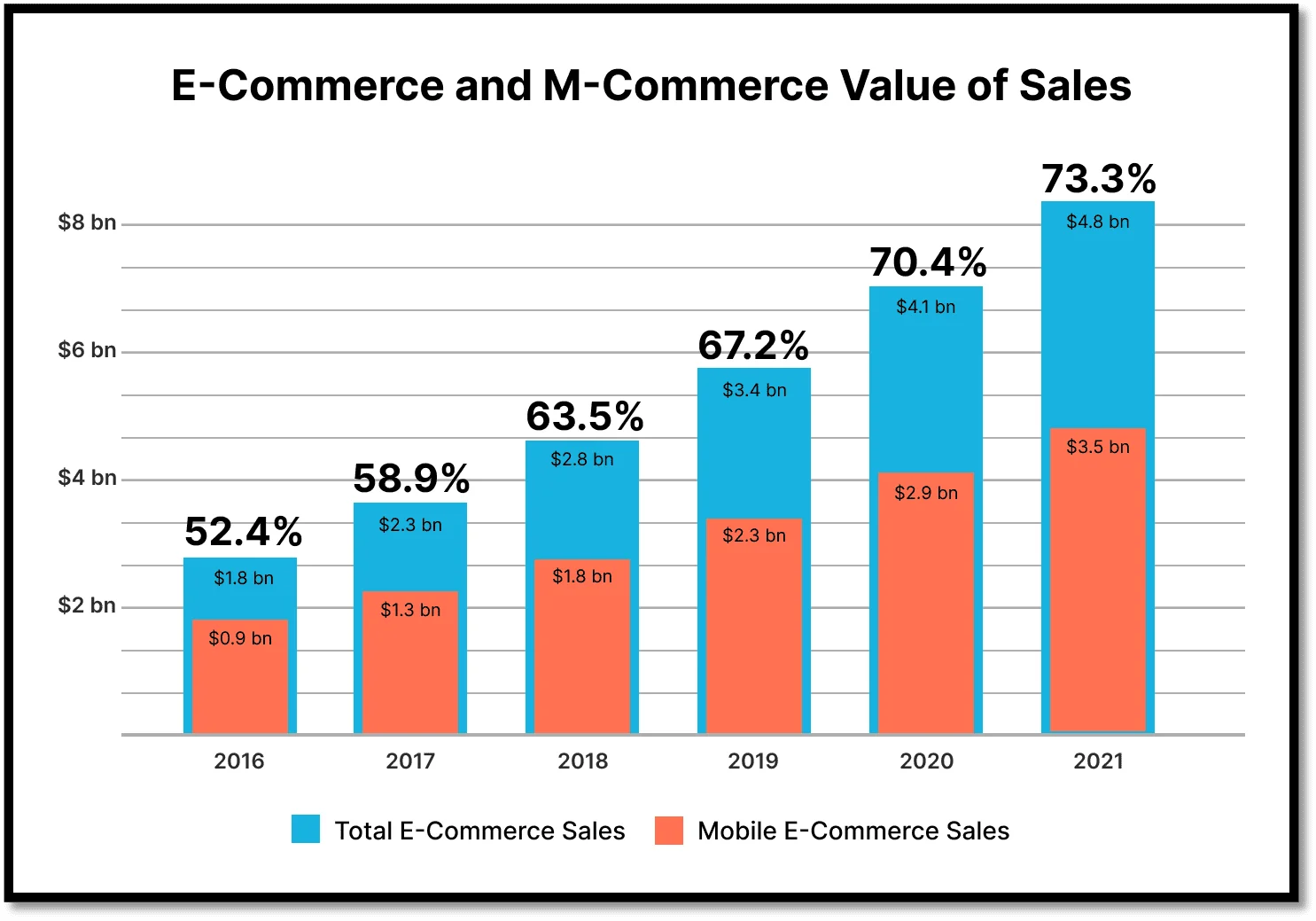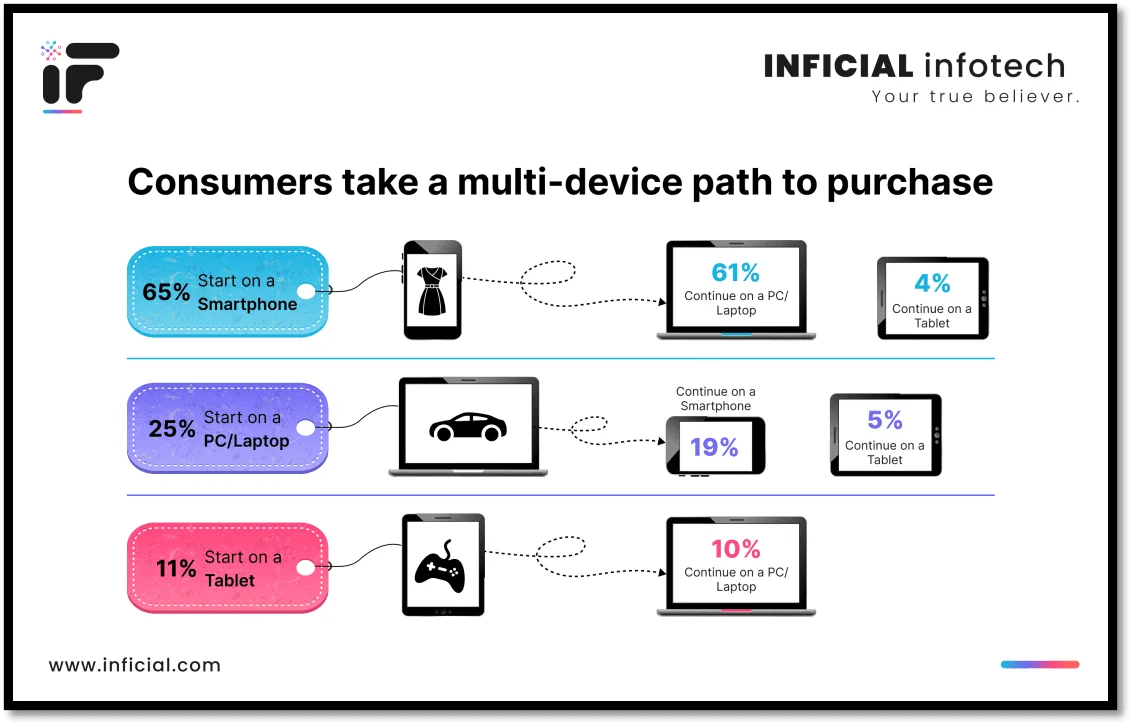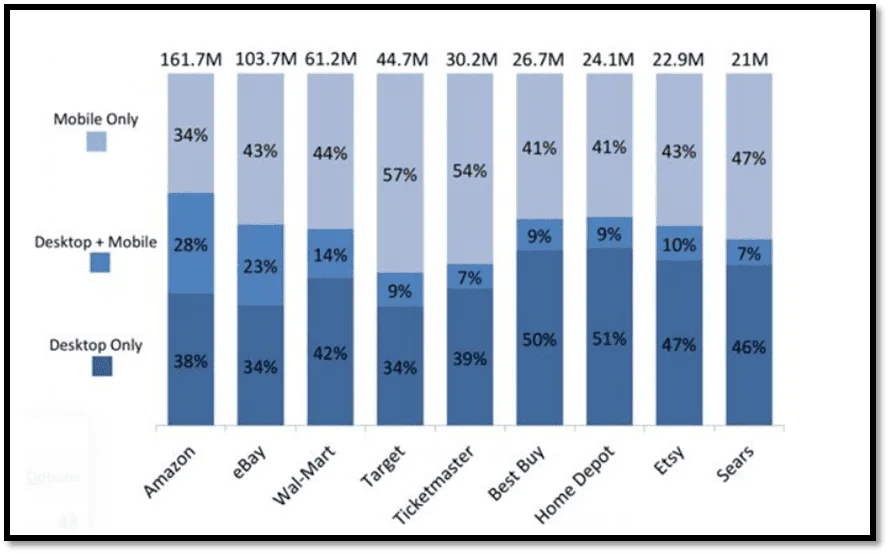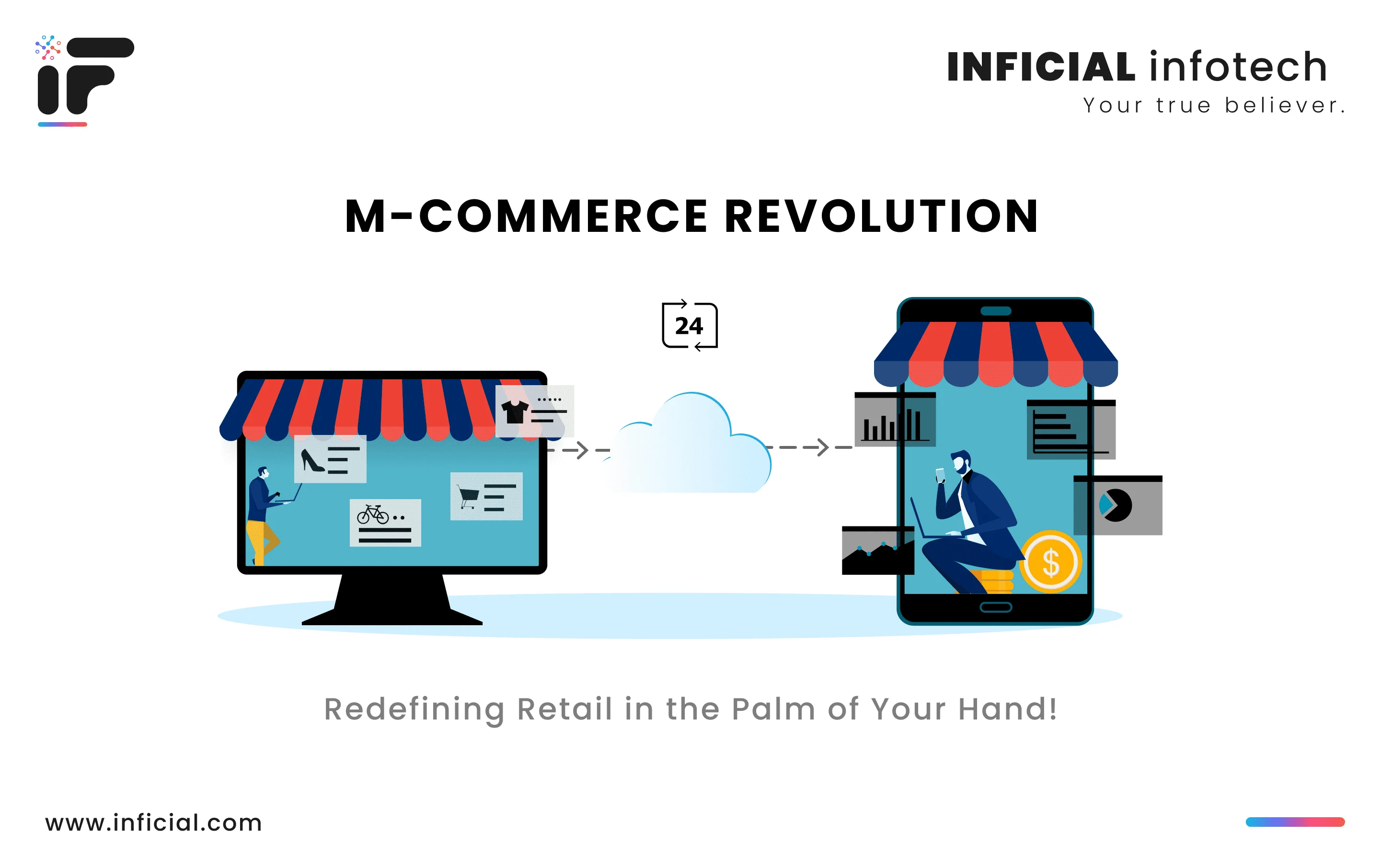The M-Commerce Revolution: Say Goodbye to Traditional Shopping and Hello to Endless Possibilities!
Are you tired of the crowds at the mall, searching for a parking spot, and waiting in long lines just to buy a new pair of shoes? Say goodbye to those days forever! M-commerce has revolutionized the shopping experience, bringing the power of the store to the palm of your hand. With just a few clicks, you can browse an endless selection of products, compare prices, read reviews, and make purchases - all without ever leaving your couch. Need a last-minute gift for your best friend's birthday? No problem! Just hop on your phone, search for the perfect present, and have it shipped directly to their doorstep. It's like having a personal shopper in your pocket!
But m-commerce isn't just convenient for shoppers - it's also changing the game for businesses. No longer do companies need a brick-and-mortar store to sell their products. With an online store and a mobile app, businesses can reach a global audience, 24/7. And for small business owners, m-commerce presents a world of new opportunities, allowing them to compete with bigger players on a level playing field. Want to start your own business selling handmade crafts? With an online store and a mobile app, you can reach customers all over the world and turn your passion into a profitable venture.
So what are you waiting for? Join the m-commerce revolution and unlock a world of endless possibilities!
But before that,Let’s see where it all started?
Section 1:
History of M- commerce.
Kevin Duffey originally used the term "mobile commerce" in 1997 when the Global Mobile Commerce Forum was established. Coca-Cola implemented two mobile phone-enabled vending machines in Helsinki the same year that allowed customers to pay with SMS text messages, bringing the idea to life.
When Radiolinja made it possible to purchase digital goods like ringtones for mobile phones in 1998, the concept's validity as a whole was promoted.
Beyond the year 2000, there was no going back. Mobile devices permitted purchases and transactions for parking, purchasing rail tickets, and choosing a favorite reality show participant, among other things. With the introduction of G-Cash in 2004, your wallet may have even moved from your pocket to your mobile device.
When the iPhone arrived, mobile commerce moved beyond SMS messages to full applications. Mobile commerce as we know it today is made feasible by smartphone operating systems like iOS and Android. Our mobile phones now allow us to perform all banking activities, buy and rent goods and services, invest in stocks, crypto currencies, and other assets, and even carry out such transactions by acting as a prepaid wallet.
Section 2:
Will M-commerce overtake E-commerce?

The question of whether m-commerce will overtake e-commerce is becoming increasingly relevant as the globe shifts to mobile.
M-commerce is an extension of e-commerce in which transactions take place via mobile device. E-commerce is essentially the buying and selling of things through the internet. Both aim to facilitate a sale, which is their common end purpose. However, m-commerce has a number of benefits that e-commerce does not.
The way consumers access the internet has a direct impact on how mobile commerce is developing. Users have stopped using PCs for internet browsing in favour of the smaller devices since cellphones have grown more affordable and high-speed internet is no longer a luxury infrastructure in many nations.
Brands must logically go where the consumers are, which requires embracing mobile commerce on top of the current e-commerce platforms. Retailers began releasing shopping applications and equipping them with convenient checkout procedures and easy-to-browse catalogues.
Business owners are aware of the reality that customers can't live without their smartphones.
Section 3:
Why M-commerce?
By 2024, the amount of mobile commerce is estimated to reach $620.97 billion. Accordingly, mobile devices will be used to make nearly half (42.9%) of all ecommerce purchases. In order to provide a fantastic client experience and lower shopping cart abandonment, it is crucial to pay attention to your website's mobile application.
How Consumers take multi-device path to purchase.

Here are some vital numbers to assist you recognize how significant mobile commerce is now and will remain to be in the future.
- A smartphone and a tablet are owned by 77% and 53%, respectively, of US adults, confirming the size of the potential m-commerce market.
- In 2021, about a third of US internet users made a purchase every single week using a mobile device.
- In the 2nd quarter of 2022, 58.99% of web traffic was generated by mobile devices.
- At the height of the COVID-19 outbreak, 51% of Americans downloaded at least one shopping app to their smartphones.
- 35% and 21%, respectively, of device users that uses retail purchasing apps on a regular basis.
- 49% of Americans have compared costs using a shopping app.

Above illustration shows Monthly US visitors across retail websites and the path choosen for shopping.
Section 4:
Let’s now take a look at some of the amazing benefits for customers:
- On-the-Go Convenience:
Picture this: you're shopping in your pajamas, sipping coffee, and lounging on your couch. That's the level of convenience m-commerce brings to the table, or rather, to your comfy spot!
- Personalized Experiences:
Thanks to m-commerce, shopping has become as personal as a dating profile. With tailored recommendations, you'll feel like your smartphone really "gets" you, almost like a virtual shopping BFF. measures interactivity. It reflects the time it takes for the website to respond to user input.
- Mobile wallets:
Mobile wallets are like magic wands that turn your phone into a wallet. Just a flick of the thumb, and voila! You can pay for your purchases faster than a cheetah chasing a coupon.
- Never miss a sale again:
With m-commerce, you can be sure to never miss out on a sale again. You'll always be notified of the latest discounts and deals, so you can save money while shopping online. Who doesn't love a good bargain, right?
Benefits for sellers:
- Mobility and Convenience:
M-commerce offers the advantage of mobility. Customers can shop anytime and anywhere using their mobile devices, whereas e-commerce generally requires access to a computer or laptop. With m-commerce, customers can make purchases on the go, which adds an extra level of convenience and flexibility.
- Location-Based Services:
M-commerce leverages location-based services (LBS) to provide personalized and context-aware shopping experiences. Sellers can utilize LBS to send targeted offers, discounts, or notifications to customers based on their location, enhancing the overall shopping experience.
- Enhanced User Experience:
Mobile devices offer various features like touch screens, built-in cameras, and sensors, which can be leveraged to create engaging and interactive shopping experiences. For example, augmented reality (AR) can be used in m-commerce to allow customers to virtually try on products, providing a more immersive and enjoyable user experience.
- Seamless Integration of Offline and Online Experiences:
With the rise of mobile technology, m-commerce can bridge the gap between online and offline shopping experiences. For instance, customers can use their mobile devices to make in-store payments, redeem digital coupons, or scan barcodes for additional product information, creating a seamless integration of digital and physical retail environments.
Section 5:
Challenges and solutions:
- Security Concerns:
Worried about the security of m-commerce? Fear not! The encryption used for mobile transactions is so tight that even James Bond would struggle to decode it. Double-oh-no, Mr. Spy!
- User Experience Optimization:
Imagine trying to shop on a mobile app with more glitches than a salsa dance class. That's a recipe for frustration! But fear not, developers are on a mission to create smoother experiences, making mobile shopping as smooth as butter on hot toast!
- Connectivity and Infrastructure:
In some remote areas, getting a stable network connection can be as elusive as finding a unicorn riding a rainbow. But fret not, offline functionality and progressive web apps are here to save the day, ensuring you can shop even in the most signal-challenged places!
Section 6:
The Future of M-Commerce
- Emerging Technologies:
Picture yourself trying on a virtual hat that transforms you into a stylish superhero. Thanks to augmented reality, you can do just that while shopping on your phone. Who needs a phone booth for a costume change any more.
- Integration with Social Media:
Remember when your social media feed was just cat videos and food pics? Well, now it's a full-blown shopping extravaganza! Get ready to buy products with the same ease you used to "like" cute puppy pictures. Social media influencers, you've got competition!
- Sustainability and Ethical Considerations:
Green is the new black, and ethical shopping is all the rage. With m-commerce, you can easily discover and support environmentally-friendly and ethically-conscious brands. It's like being a superhero for the planet, one purchase at a time!
Section 7:
Conclusion:
It goes without saying that mobile commerce is a phenomenon that will not go away. Mobile shopping will probably become less of an option and more of a requirement for ecommerce businesses as smartphones become more and more integral to how we connect, get information, and now shop online.
M-commerce is, of course, just a small portion of the market. Remember that to maintain an effective omni channel approach, your mobile website or app must seamlessly integrate with other channels rather than acting as a standalone platform.
Always keep in mind that the main goal of mobile commerce is to meet your clients where they are and provide them with a convenient but memorable experience.
For more details contact InFicial Infotech at: [email protected]









